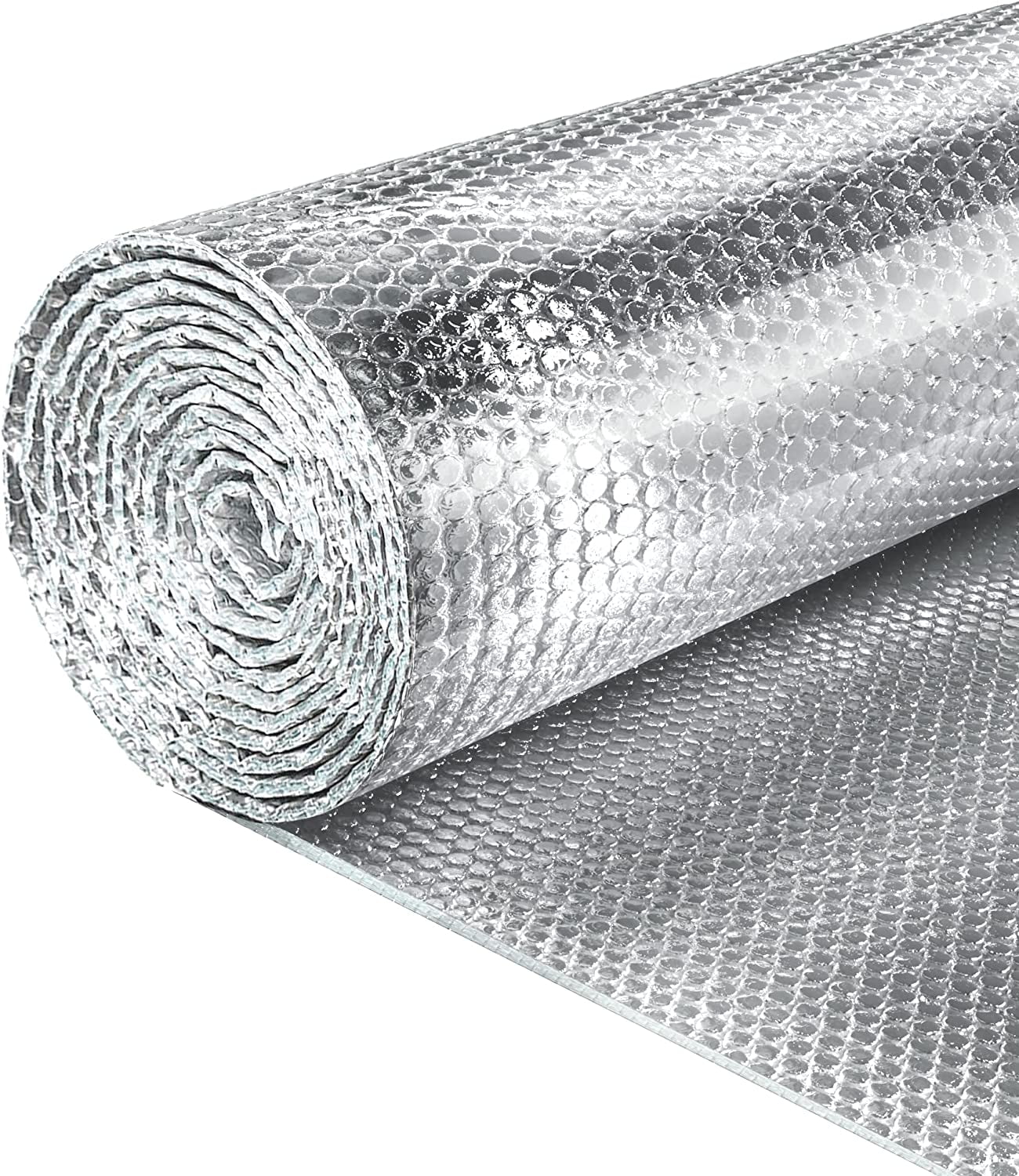Aluminum Foil Insulation Mirror Reflection: Is It Really Effective for Saving Energy?
When it comes to energy efficiency and insulation options, aluminum foil insulation mirror reflection often stands out as an intriguing solution. But many homeowners and building professionals wonder if this reflective insulation truly delivers on its promises. In this article, we'll dive into what exactly aluminum foil insulation mirror reflection is, explore how it works, discuss its effectiveness, and help you determine if it’s the right solution for your energy-saving goals.

What Is Aluminum Foil Insulation Mirror Reflection?
Aluminum foil insulation mirror reflection, commonly referred to as reflective insulation, utilizes layers of aluminum foil to reflect radiant heat, significantly reducing heat transfer. Unlike traditional insulation materials such as fiberglass or foam, reflective insulation doesn't absorb heat—instead, it reflects heat away from its surface, helping maintain indoor temperatures and improving overall energy efficiency.
Common applications of aluminum foil insulation include:
-
Attics and roof spaces
-
Wall insulation
-
HVAC ducts
-
Garages and workshops
-
Agricultural buildings
How Does Aluminum Foil Insulation Work?
Reflective insulation works on the principle of radiant heat transfer. Approximately 93% of radiant heat striking aluminum foil is reflected rather than absorbed, making this material highly effective in reducing heat gain during the summer and heat loss during the winter.
The key mechanisms include:
-
Radiant Heat Reflection: Aluminum foil reflects radiant heat energy, preventing heat from passing through roofs, walls, or other surfaces.
-
Air Spaces: Reflective insulation usually requires an air gap (typically around ¾ inch to 1 inch) to achieve optimal performance. This air gap enhances the insulation's ability to reflect radiant heat.
Is Aluminum Foil Insulation Really Effective?
Studies and industry experience indicate that aluminum foil insulation mirror reflection can indeed be very effective when installed correctly. According to the U.S. Department of Energy, reflective insulation can lower attic temperatures by up to 30 degrees Fahrenheit, significantly reducing air conditioning loads in hot climates.
Benefits include:
-
Reduced Energy Bills: Homes utilizing reflective insulation can see reduced cooling and heating costs due to decreased energy usage.
-
Enhanced Comfort: Indoor temperatures become more consistent, making living spaces more comfortable year-round.
-
Environmental Impact: By cutting energy use, aluminum foil insulation reduces greenhouse gas emissions, contributing to environmental sustainability.
However, the effectiveness can vary based on several factors, including climate, installation quality, and proper use of air spaces.
Common Misconceptions About Reflective Insulation
There are some common misconceptions about aluminum foil insulation:
-
Misconception: It replaces traditional insulation entirely.
-
Reality: Reflective insulation complements other insulation types rather than completely replacing them. It is most effective when used alongside traditional insulating materials such as fiberglass or foam insulation.
-
-
Misconception: It works equally well in all climates.
-
Reality: Reflective insulation performs best in hot climates or regions experiencing significant temperature fluctuations. In colder climates, it is most beneficial when installed properly and combined with conventional insulation.
-
Practical Tips for Maximizing Effectiveness
To ensure optimal performance of aluminum foil insulation mirror reflection, follow these guidelines:
-
Ensure Proper Air Gaps: Always include an adequate air gap (approximately ¾ to 1 inch) between the reflective foil and adjacent surfaces.
-
Combine with Traditional Insulation: Pair reflective insulation with fiberglass, cellulose, or foam insulation to maximize energy savings.
-
Correct Installation: Avoid compressing or puncturing the reflective surface, as any damage or flattening reduces its reflective capacity significantly.
Real-Life Examples and Testimonials
Many homeowners and building owners have reported noticeable energy savings after installing reflective insulation. For example, a Florida homeowner reported a 20% reduction in energy costs after installing aluminum foil reflective insulation in the attic, illustrating real-world effectiveness.
Experts also endorse reflective insulation. According to energy efficiency expert Dr. Paul Torcellini, "Reflective insulation can significantly reduce energy use, especially when properly integrated with conventional insulating methods."
Conclusion: Is Aluminum Foil Insulation Right for You?
Aluminum foil insulation mirror reflection is indeed effective at saving energy—but only when used correctly and under suitable conditions. Ideal scenarios for its use include hot climates, spaces with high radiant heat exposure, and buildings where cooling costs dominate energy bills.
If you're seeking a practical, environmentally-friendly way to reduce your energy bills and enhance indoor comfort, aluminum foil reflective insulation is certainly worth considering.
Ready to start saving? Share your experience or questions in the comments below, and don't forget to subscribe to our newsletter for more valuable energy-saving tips and insights!

